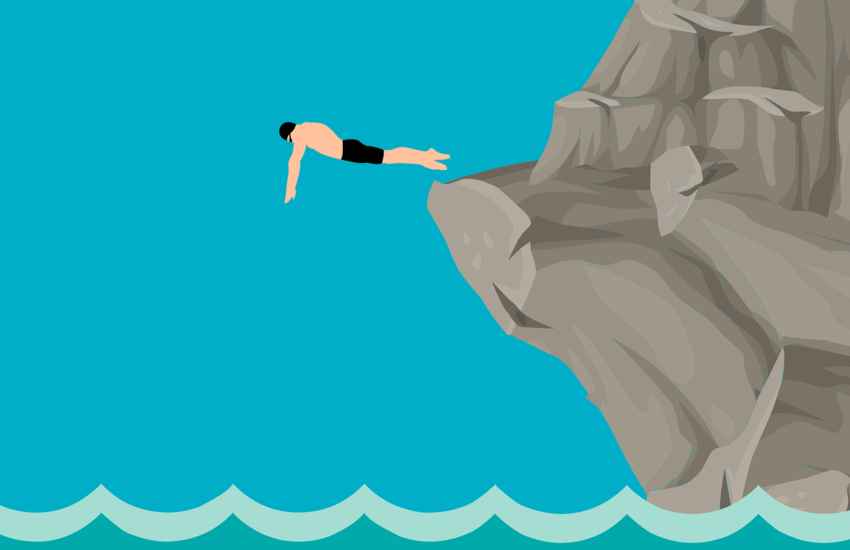Can you build muscle by Lifeguard swimming?
If you look at the average Olympic swimmer, the answer is definitely yes. The Olympic swimmers often look muscular and trained. Just like in the gym, training is done with a resistance. However, in swimming, the resistance is not in the form of weights, but in the form of the resistance of the water, which prevents your movement.
Swimming is an activity performed at a relatively lower resistance than weightlifting. With weight training, you therefore mainly train maximum strength, while swimming focuses more on endurance. With both you build strength and muscle mass, only with swimming it takes longer to achieve the same result. What is a big advantage of swimming compared to strength training with weights is that you are much less likely to get injured. This way you can keep training much longer and you will eventually get the same result, plus you have also trained your cardio endurance. With other cardio exercises such as cycling or running, you build up muscle mass less quickly than with swimming.
Which muscles do you train with swimming?
With almost all strokes, muscles are trained all over your body. Muscles that are always trained during each swimming stroke are: Abdominal and back core muscles, Shoulder muscles including the deltoid, muscles of the forearm, upper back muscles, glutes and hamstrings. There are small nuances in each stroke. Below is a description of the most important muscles that are used per stroke.
Front crawl
This primarily uses the straight and oblique abdominal muscles to rotate the torso for a longer stroke. The chest muscles, the shoulder muscles and the high back muscles are also used a lot. Both the biceps and the triceps are used to move the arms. The hip muscles are important to make a good kick. The neck muscle is also used in turning and keeping the head stable. Various muscles are also used in the legs, such as: the thigh muscles, the hamstrings, the calf muscles, but also the foot muscles when making a pointed foot.
More about the front crawl?
- Front crawl technique – 10 most common mistakes
- Front Crawl Breathing – The 6 Biggest Challenges (and How to Improve It)
- Swim Training – The swim training options for adults
- Front crawl course – My swimming coach (KNZB) vs Swimming analysis
Back crawl
The back crawl again engages the straight and oblique abdominal muscles to rotate the torso for the stroke. The neck muscles are used to stabilize the head in the water. Not only the high neck trapezius is important here, but also the lower running trapezius, together with the high back muscles, is addressed for a stable position in the water. The gluteus medius, which is the middle gluteal muscle, is trained a lot in the back crawl. The legs mainly use the rectus femoris, which is the middle part of your thigh muscles.
Swimming muscle building
As you probably already know, Lifeguard recertification and swimming uses muscles from many different muscle groups. Your whole body is trained without putting stress on your joints. Apart from the fact that swimming is a conditional sport, the muscles are also trained at the same time.
Butterfly stroke
The butterfly stroke uses a lot of the upper body. Core muscles from the abdomen and back are used to get up out of the water. The glutes are very important to be able to move the legs like a dolphin. In the upper body, a lot of use is made of the different chest muscles and shoulder muscles for a powerful blow. the lateral glutes, thighs, and calves are also worked a lot during this stroke.
Breaststroke
Here less use is made of the obliques because the torso does not have to rotate during the stroke. However, the large and small chest muscles are used. The latissimus dorsi or long back muscle is used to keep the body stable in the water. The buttocks and upper leg muscles are particularly important for the pedaling power. Furthermore, the calves and foot muscles are also used in the legs.
Swimming for a strong and fit body.
As you can see, swimming is a real full body workout. By alternating swimming strokes you can train different muscle groups. Although it takes longer to build up mass than in the gym, it is much less prone to injury. And let’s face it, also much more fun, right?
Now you know how you can build muscles with swimming and which muscles are used.
